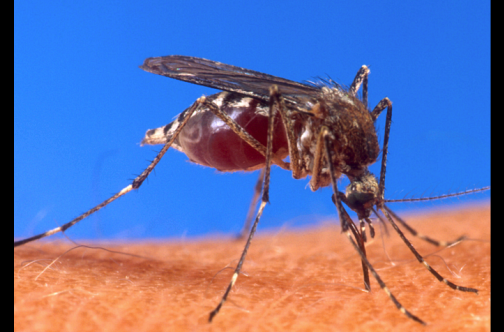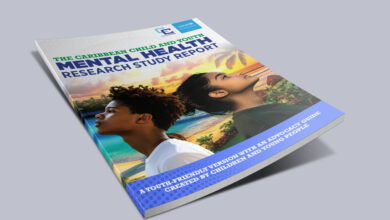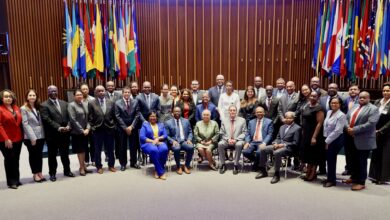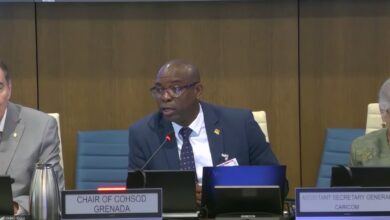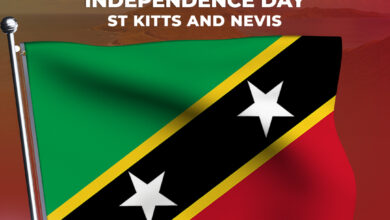WASHINGTON, DC, United States (CMC) —The Pan American Health Organisation (PAHO) said the number of dengue cases in the Americas, including the Caribbean, increased five-fold between 2003 and 2013.
According to data presented at a recent high-level regional meeting on dengue, hosted by PAHO, between 2009 and 2012, over one million cases were reported annually, on average, with more than 33,900 severe cases and 835 deaths.
The health organisation said last year was one of the worst for dengue in the hemisphere's history, with 2.3 million cases, including 37,705 severe cases and 1,289 deaths.
By comparison, the number of cases reported region-wide in 2003 was 517,617, PAHO said.
Despite countries' efforts to control the disease, PAHO warned that dengue continues to spread due to, among other reasons, uncontrolled, unplanned urbanisation, lack of basic services in communities, poor environmental management, and climate change.
In the Americas, nearly 500 million people are at risk of contracting the disease, according to PAHO.
“Controlling the Aedes aegypti mosquito, which transmits the disease, is a great regional and global challenge,” according to Marcos Espinal, PAHO's director of the Department of Communicable Diseases and Health Analysis.
“All government sectors, communities and families have to work together to fight the vector and control this disease, which knows no borders, discriminates against no one , and is everyone's problem, not just the health sector's,” he added.
Espinal said Canada, continental Chile and Uruguay are the only countries in the region that have reported no dengue cases to date, despite the presence of the Aedes aegypti mosquito in Uruguay.
The United States, he said, detected dengue for the first time in 2007 and, by 2013 had registered 1,292 cases, although none were severe or resulted
in death.
But despite the increasing incidence of dengue, PAHO said the trend in case-fatality rates has been downward.

